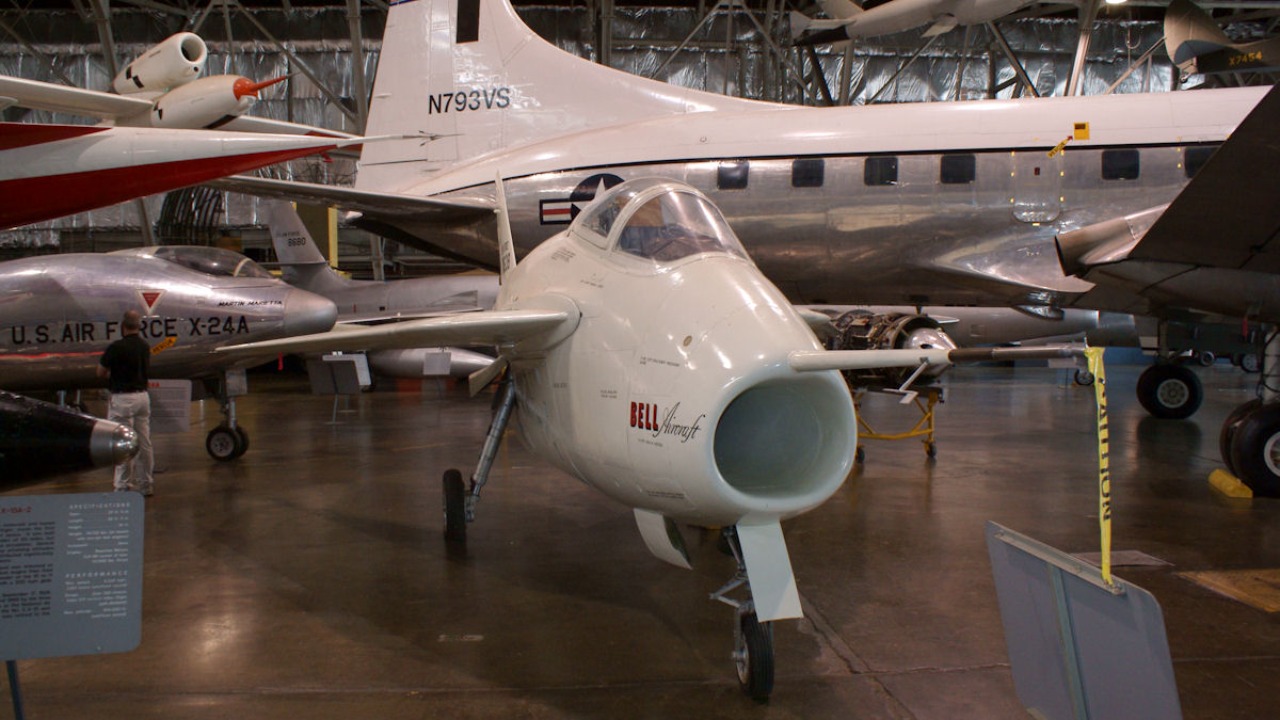
In the ambitious world of aviation, numerous experimental jets have taken to the skies, only to be grounded forever after their initial flights. These aircraft, each representing a unique blend of cutting-edge technology and daring design, contributed to the evolution of aviation despite their short-lived flight history. Here, we’ll dive into seven such experimental jets that never flew again.
The Northrop YB-49
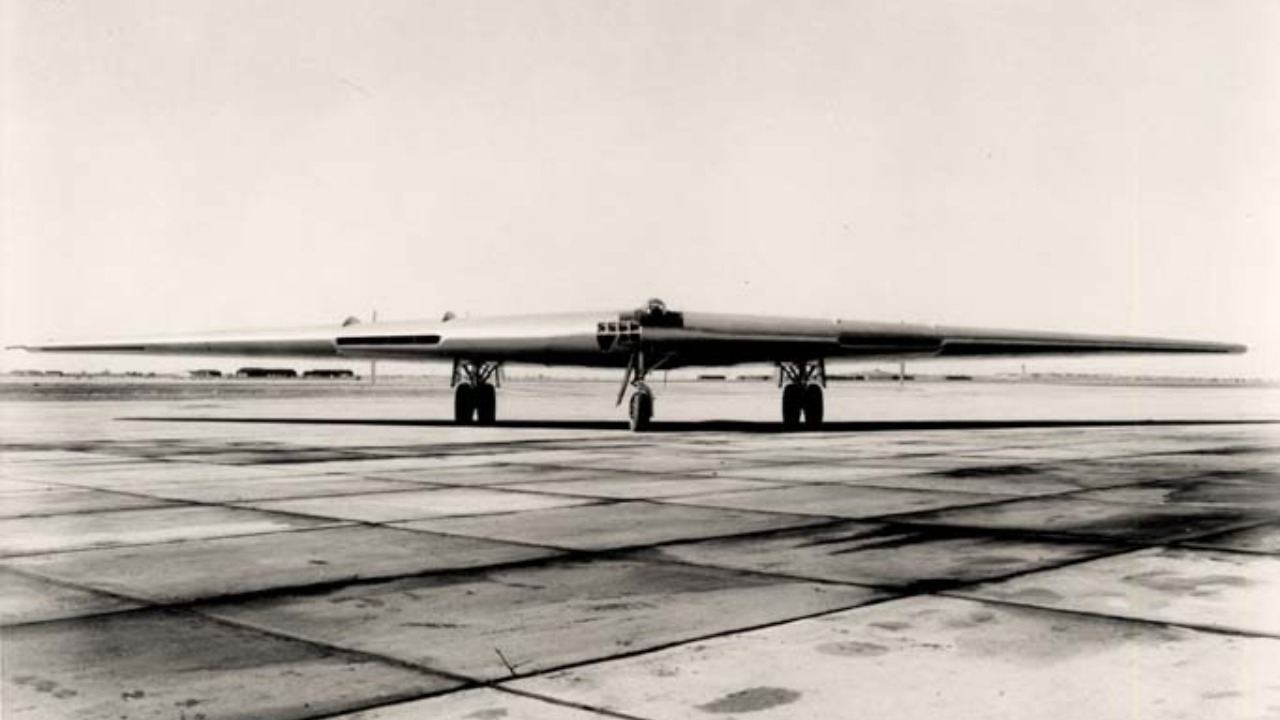
The Northrop YB-49 was a radical jet-powered flying wing developed in the late 1940s. Its design was ahead of its time, featuring a sleek, tailless structure that promised decreased drag and increased efficiency.
Unfortunately, the YB-49’s ambitious design led to stability and control issues, ultimately preventing it from advancing beyond the prototype stage. Despite its failure to enter production, the YB-49’s innovative concepts influenced future aircraft designs, including the B-2 Spirit stealth bomber.
For more on the fascinating history of experimental jets, check out US fighter jets that failed.
The Convair XF-92
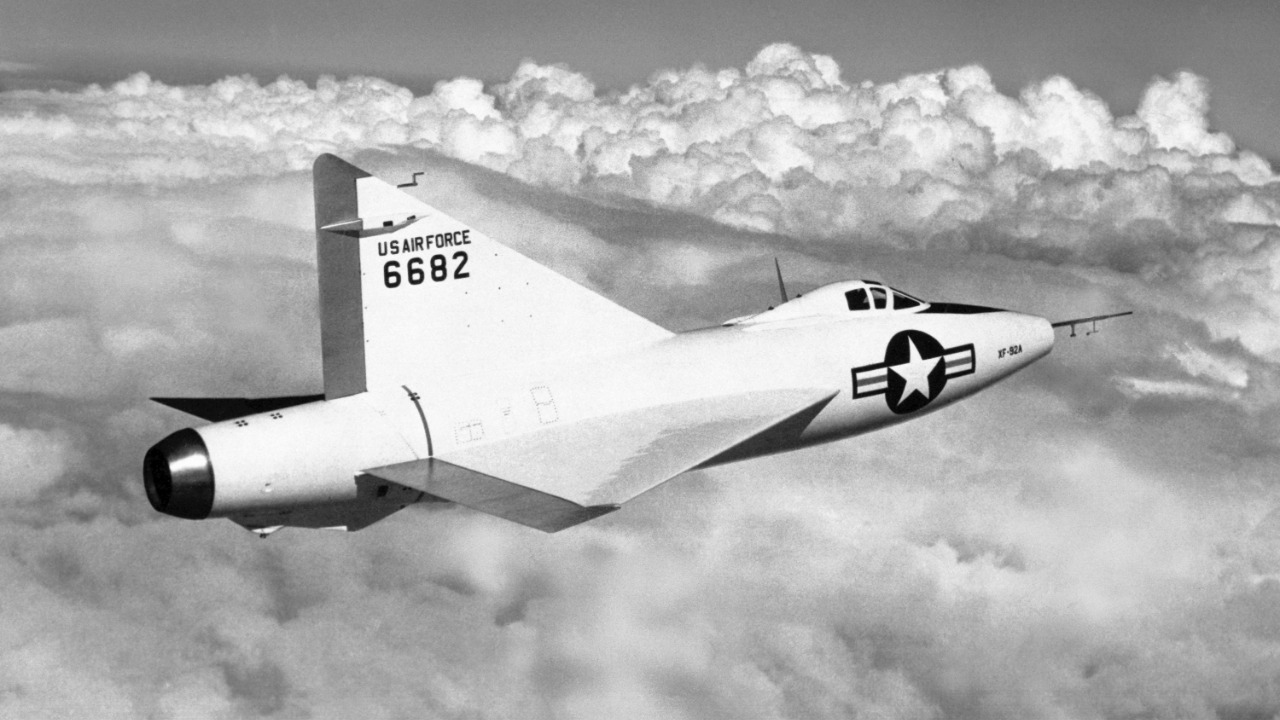
The Convair XF-92 was America’s first delta-wing aircraft, designed as a point-defense interceptor during the Cold War. Its unique design aimed to enhance high-speed performance and agility. Although the XF-92 demonstrated the potential of delta-wing configurations, it never progressed beyond the testing phase due to its underpowered engine and limited range.
Its legacy, however, lived on, as its design influenced future successful aircraft such as the Convair F-102 Delta Dagger.
The Douglas X-3 Stiletto
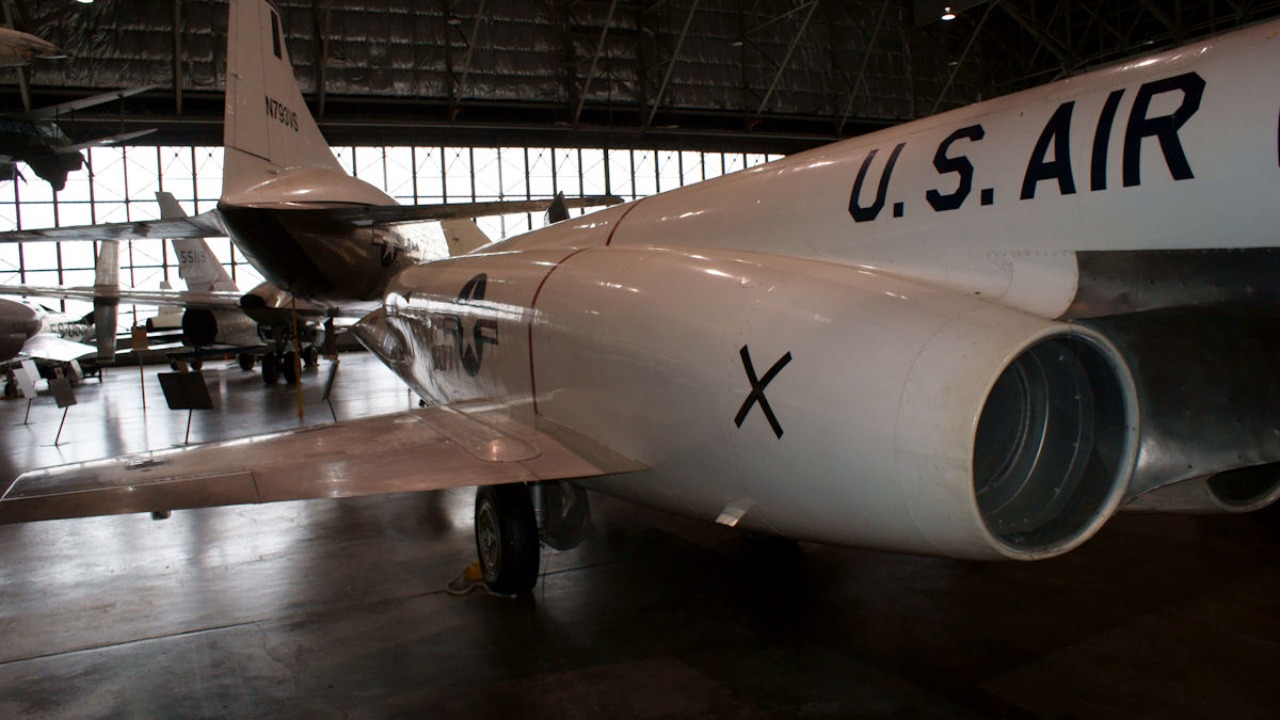
With its strikingly slender fuselage and needle-like nose, the Douglas X-3 Stiletto was a supersonic research aircraft designed to explore the limits of speed and altitude. While it looked like something from a science fiction novel, the X-3 was plagued by an underperforming engine that couldn’t achieve the desired speeds. Despite its shortcomings, the data gathered from its flights contributed to the development of more advanced supersonic aircraft.
Learn more about aircraft innovations and failures at this informative video.
The Bell X-5
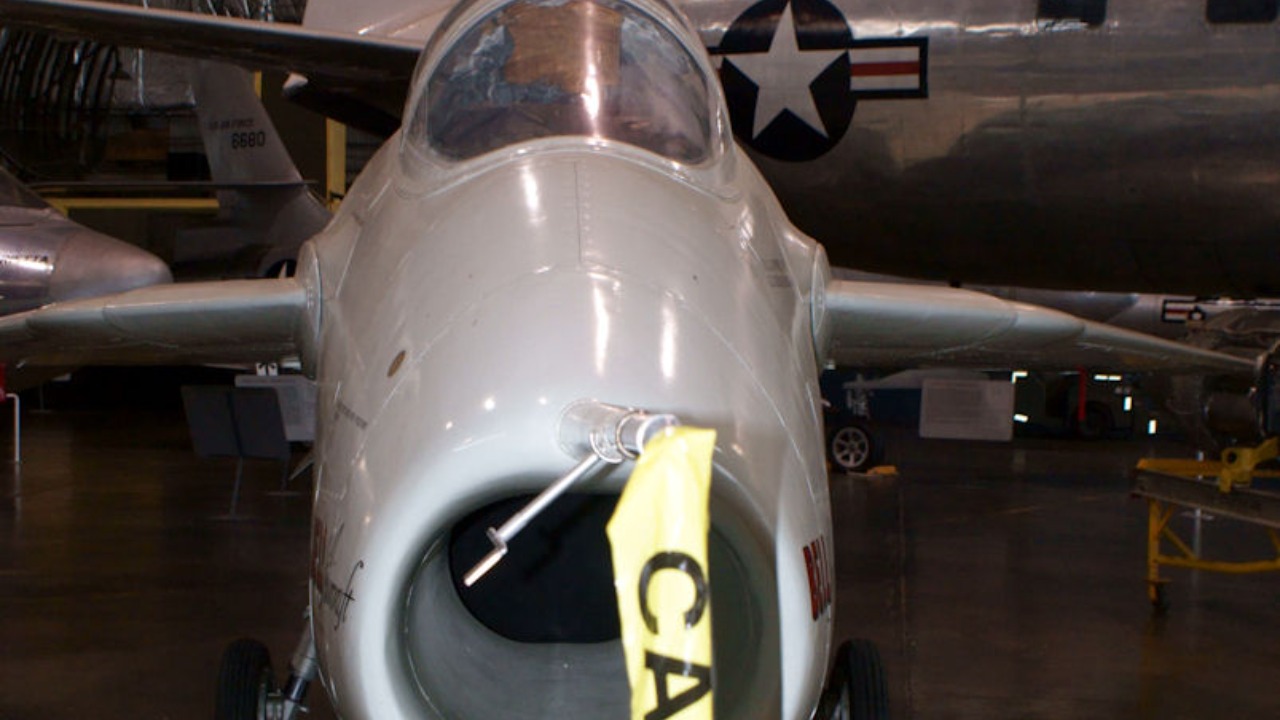
The Bell X-5 was the first aircraft to successfully demonstrate variable-sweep wings, allowing pilots to alter the wing’s angle in-flight for optimal performance at different speeds. Despite its groundbreaking technology, the X-5 was never intended for production. It served as a vital research tool, paving the way for future swing-wing aircraft like the F-14 Tomcat.
The X-5’s contributions to aviation technology remain significant, showcasing the potential of adaptable wing designs.
The Vought XF8U-3 Crusader III
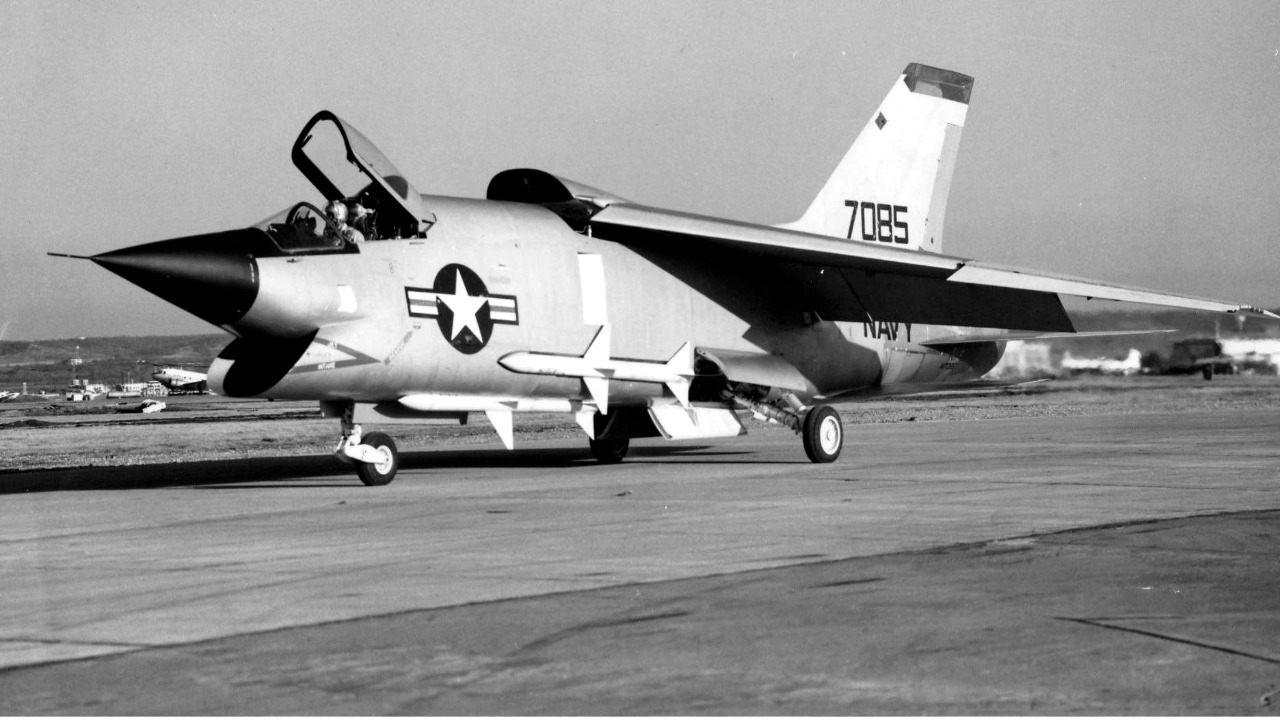
Designed as a successor to the successful F-8 Crusader, the Vought XF8U-3 Crusader III was a high-performance fighter jet that never saw combat. Despite impressive speed and maneuverability, it lost out to the F-4 Phantom II in military evaluations.
The Crusader III’s design and technology, however, influenced subsequent aircraft developments, demonstrating its importance in the evolution of jet fighters.
The Lockheed XF-104 Starfighter
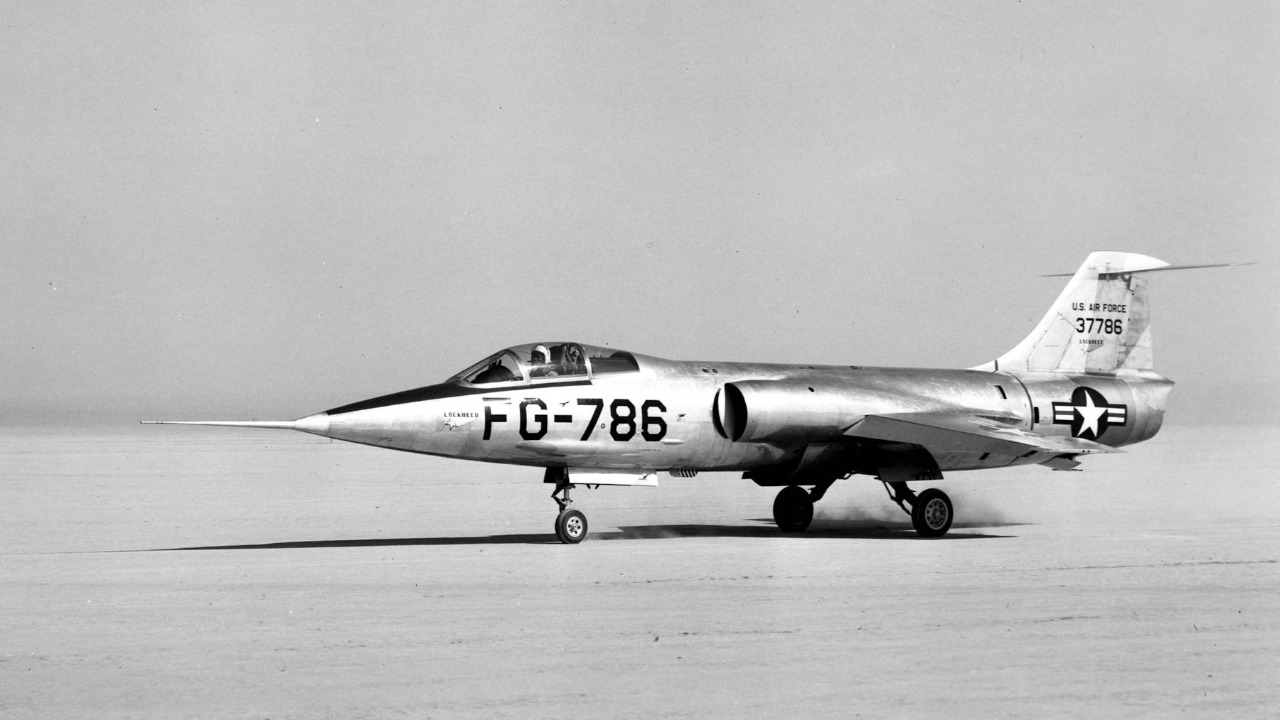
The Lockheed XF-104 Starfighter was a prototype that led to the famous F-104 Starfighter, known for its sleek design and exceptional speed. The XF-104 faced numerous challenges during testing, including engine reliability and stability issues.
Despite these hurdles, the aircraft’s innovative features were refined and incorporated into the production model, which went on to serve in several air forces worldwide. More insights can be found in aircraft made by car companies.
The McDonnell XF-85 Goblin
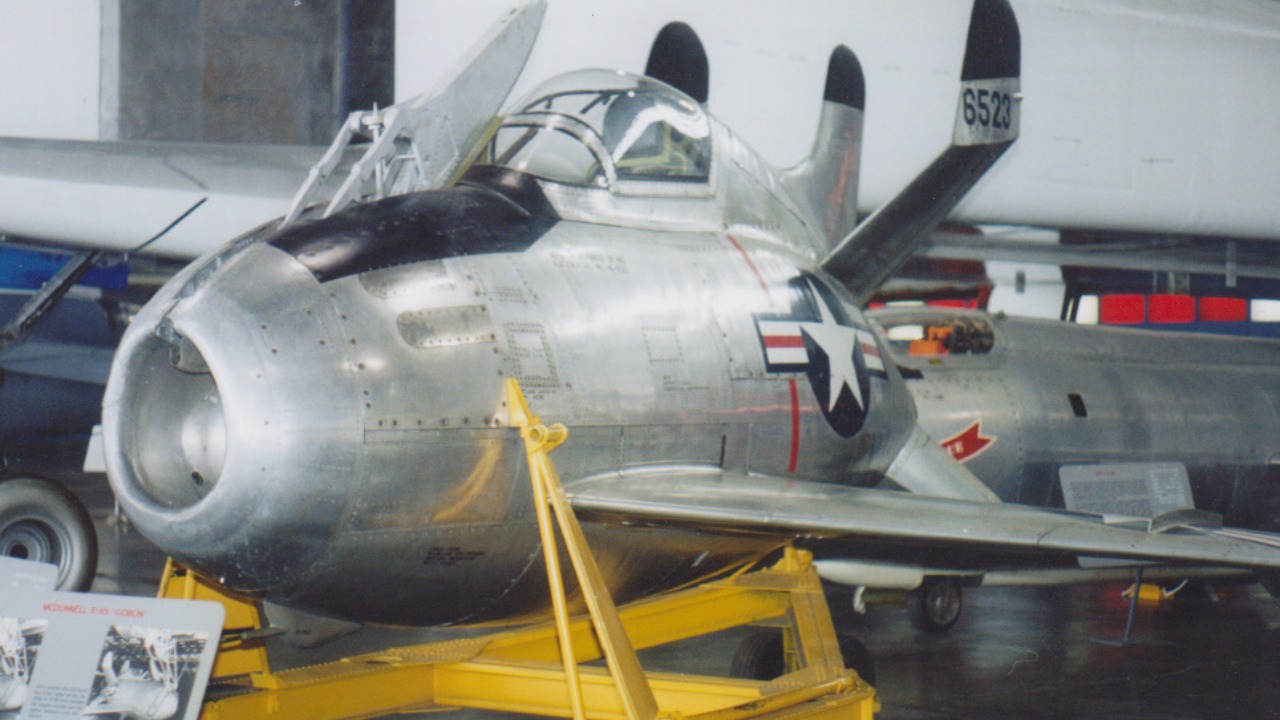
The McDonnell XF-85 Goblin was an ambitious attempt to create a “parasite” fighter that could be deployed from a bomber in flight. Its compact, egg-shaped design was meant to address the need for bomber protection during long-range missions.
However, the Goblin’s limited performance and handling difficulties made it an impractical solution. Although it never saw combat, the XF-85’s development provided valuable lessons in aircraft design and operational logistics.